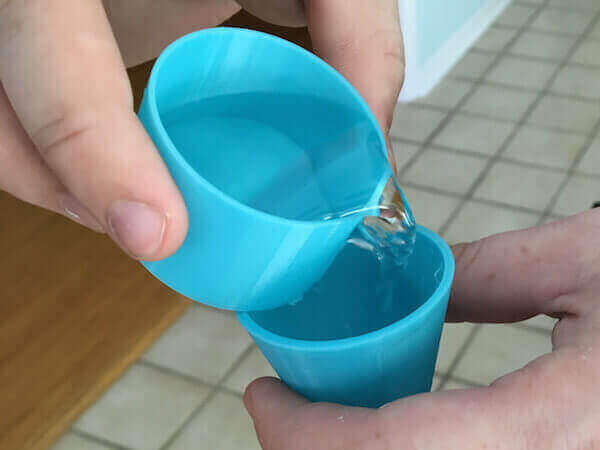This Hackaday Semifinalist uses 3D printing to improve education methods for tactile learners such as the visually impaired.
Tactile learning involves students getting involved, rather than sitting and listening to a lecture. It is especially important for blind students. Of course, 3D printing can now be used easily to create aids for teaching.
However, although the technology is hugely beneficial, teachers already have a lot on their plates without having to learn CAD software too. They do, in many cases, have access to a 3D printer though and could print designs if they had them.
To solve this problem, Joan Horvath, “MIT alumna, recovering rocket scientist and educator”, along with her team, began thinking about who does have time to create 3D printable designs.
They came up with the ingenious solution of students who are studying 3D printing and design. An idea became obvious to them - connecting teachers of visually impaired students with schools looking for ways to use their 3D printers and 3D printing knowledge.
To bring this idea into reality, they entered the 2016 Hackaday Prize competition with the of building up an online community. Their entry created a public Google Group where teachers could post requests for designs. Anyone interested in creating the specified designs can call dibs.
The project was chosen as a semifinalist – the winner was the designer of a modular robot to help with search and rescue operations. Listen to Horvath’s explanation of her project below:
3D Printed Designs to Change Education for the Blind
To demonstrate the process, the team fulfilled a teacher’s request for different shaped objects, such as cones and cylinders. The prints were to be used to teach classes about volume.
Every print has the same volume, is hollow and has one open side. Students could then pour water from one print into another to prove the volumes of every shape were the same. To complete the shapes, a removable lid was made. They are also comfortable to touch, with sharp points covered by a little ball.
A range of 3D printers and different materials can be used to print the designs. So far, the open-source designs on YouMagine have been downloaded 741 times.
3D printing helps all tactile learners to enjoy an unconventional education. For those who don’t fare well with typical teaching methods, change may be coming.
Horvath wrote: “Creating a physical model requires a deep understanding well beyond what might be needed to squeak through a quiz. We hope our Google Group will catalyze a new style of collaborative learning between student and teacher.”
Source: Scientific American

License: The text of "Hackaday Semifinalist Leads the Way for Tactile Learners" by All3DP is licensed under a Creative Commons Attribution 4.0 International License.